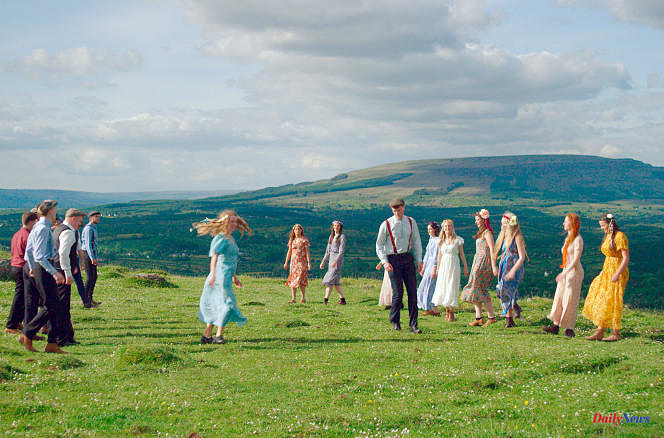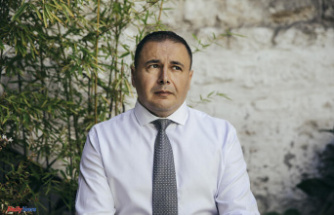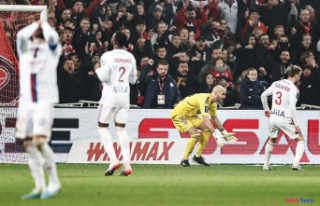From a sacred ritual practice to a rigorous competitive sport, "Irish dancing was born out of oppression, it is a raw form of expression". Ruan Magan explores, in his documentary, the meaning of Irish dancing for its people and the whole world. "According to Confucius, one can know the state of a man's kingdom by the one in which one finds the dance there", explains the Irish director.
Millennia ago, danced poetically and ritually, the ceili represented joy, fraternity, a means of communication between the instrument and the dancer, one cannot exist without the other.
Then the dance became a weapon against the colonization of Ireland. The invasion led by Oliver Cromwell in 1649 during the Wars of the Three Kingdoms, under the reign of James II Stuart, led Irish soldiers to draw their strength from the rhythm of the bagpipes. "You can take everything from people, their property, their livelihood, and try to strip them of their culture, but you can never take their bodies away," says Jonathan Skinner, an economics professor. By their fastest footwork in the world, their straight backs and their hands at their sides, the oppressed show their strength: they will not fall, they will not stoop, proud before the enemy.
"A technical feat"
During transatlantic slavery in the 19th century, Irish servants and African slaves found themselves in the West Indies, sharing a very similar rhythm and the same desire to exist, free. The "minstrels", often Irish-Americans, expatriates in the United States after the potato famine, then appear on the American continent and blacken their faces (the famous "blackface"): "Racism was profitable", comments Dewitt Fleming Jr, dancer and choreographer.
Since the declaration of independence of Ireland, adopted in January 1919, this dance has been modernized, framed by increasingly strict rules. "Winning competitions has become the raison d'être of dance schools," says Professor Skinner. This art is no longer an expression of joy, but a technical feat, it is millimetered to give a “suitable” image. »
The decline in church power over the 20th and 21st centuries has led to the popularization of Celtic dance competitions and performances, a real soft power in Irish culture. Friday, March 17, at the Olympia in Paris, the Irish troupe Celtic Legends, created in 2001, will celebrate Saint Patrick's Day, as part of their tour for their twentieth anniversary. "Long considered cheesy, Irish dancing has come a long way from being a freedom dance to being a national and international dance," concludes Ruan Magan.












